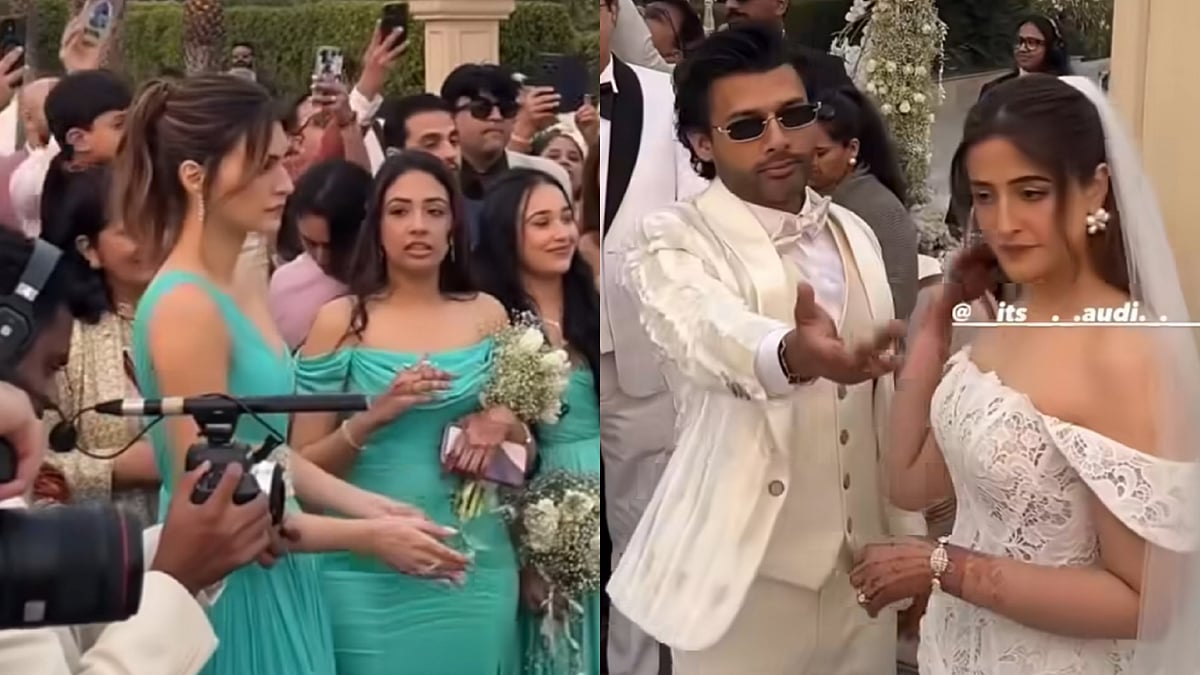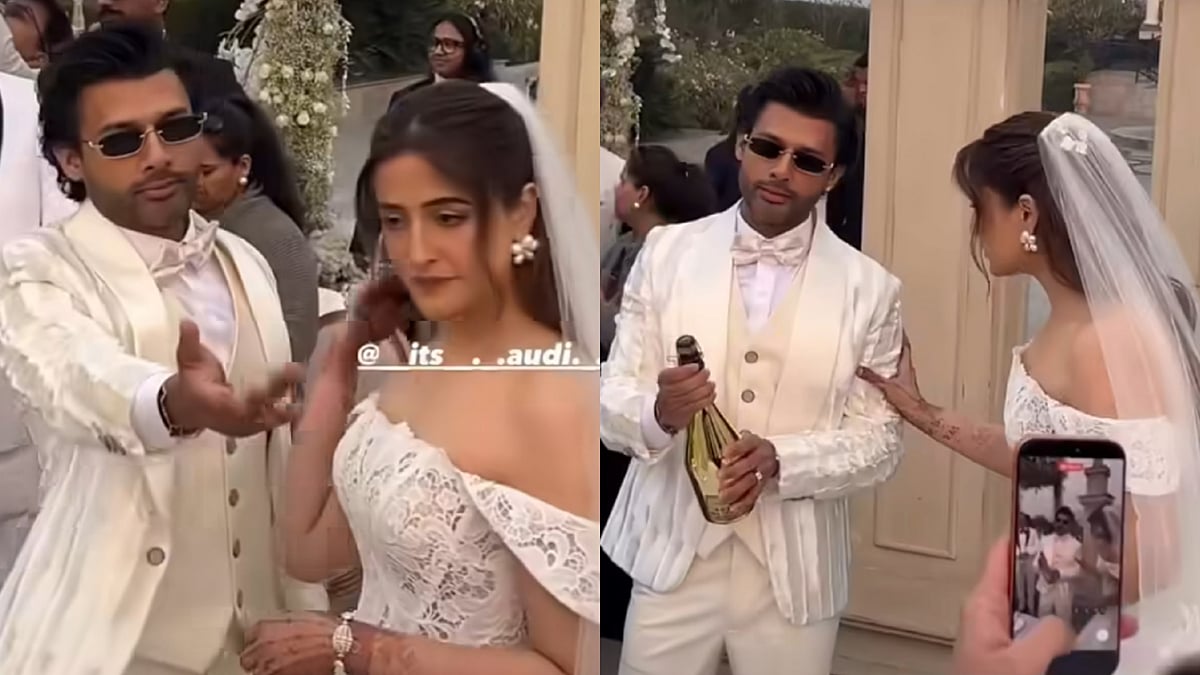Life can be the best teacher for many. For a few lucky others, there are the likes of Satyajit Ray and Mrinal Sen. Actor Suhasini Mulay is one of the few artistes to have had the opportunity to work closely with both filmmakers, quite early on in her career. Having made her debut as an actor in Mrinal Sen’s Bhuvan Shome (1969), she went on to work as the fifth assistant director in Satyajit Ray’s Jana Aranya (1976) and also assisted Sen in Mrigaya (1976). She later went on to play formidable roles in Hu Tu Tu (1999), Lagaan (2001), Dil Chahta Hain (2001), Humraaz (2002), Page 3 (2005) and Jodhaa Akbar (2008).
While recounting her first encounter with Saytajit Ray she said, “After Bhuvan Shome released I went to study agriculture in McGill University, Canada. When I came back to India, I was assisting the jury at the International Film Festival of India in New Delhi where Manikda (Satyajit Ray) was the chairperson of the jury. I was working as an assistant to the secretary of the jury. He had seen my work in Bhuvan Shome and offered me a job as an assistant director. I was the fifth assistant director in his crew and was given a salary of Rs 500. Even though I mentioned I didn’t speak Bangla well, he went ahead and appointed me.”

The first thing she wanted to learn when she landed in Calcutta (now Kolkata) was Bangla. “I mentioned this to Manikda and he gave me a copy of Ishwar Chandra Vidyasagar’s Bornoporichoy. However, I found it difficult to learn the archaic version of Bangla. So, I kind of abandoned learning the language after a few months. But with time I have realised that Bornoporichoy is the most authentic book to follow, if one is trying to learn the language. Now after almost 50 years I have picked up the book again during the lockdown and have started learning Bangla all over again,” she recalled.
Mulay recalls Ray as being a very methodical and efficient person to work with. “I remember he wrote a 22-page synopsis for me, scene by scene, because I didn’t know Bangla. He was very meticulous and methodical. I remember reading his notes for Charulata where he had the set built on a four-five feet stilt to give it a sense of height. He sketched everything, the entire look of the scene and the setting. He was an illustrator with a sharp vision. He knew that the fastest way to describe his vision would be to draw it out for others. He used to have this red notebook, which looked a lot like the one used by Marwari businessmen in Calcutta’s Burrabazar to maintain accounts. Not many were allowed to take a look at that notebook, but it contained all the details from how the light should be to what the actor’s sari’s border should look like,” she pointed out.

The actor reveals that this is one trait she picked up from Ray and used it while shooting her own documentaries. Mulay has been a celebrated documentary filmmaker in India for more than three decades. Some of her famous documentaries include An Indian Story, Bhopal — Beyond Genocide, Chithi and Official Art Form all of which have won National Awards. “While shooting my own films, I have borrowed this method from Manikda. I sketch the entire scene myself and keep it ready in a notebook. This actually clears your head and you know what you want to shoot, shot by shot. It is something that has stayed with me all these years,” she reflected.
“Every morning before the shoot began Manikda would sit with the actors and read out the entire scene for them and tell them how to enact each part. Every actor was supposed to follow his instructions to a T. If someone didn’t do it the way he wanted them to, he would question them why the instructions weren’t followed. He was firm and it was all planned out in his head. There was no room for discussions. He didn’t like improvisations. He was systematic, which is why he shot really fast and sometimes finished before schedule. That made a huge difference to the budget of the film,” she pointed out.

Mulay is one of the few actors who has worked closely with both Mrinal Sen and Satyajit Ray. They were two great minds, but very different personalities as is evident from their body of work. Their methods were also different from each other. “Mrinalda was much more open to suggestions and improvisations. When I did Bhuvan Shome I was so young and so raw that I didn’t even realise we were making history. I just followed Mrinalda and whatever instructions he gave me. I was in Calcutta when Mrigaya was in post-production stage and the assistant fell ill. So, Mrinalda asked me to step in and I gladly worked with him on the edit of Mrigaya,” she added.
When asked about behind the scenes inputs, Mulay said, “Sometimes, instinctively improvisations can really work out well for a particular scene. After the shoot Mrinalda would go back to the hotel where the actors were staying and at night discuss what would happen the next day. He had actors like Utpal Dutt and Shekhar Chatterjee for company. K K Mahajan, his cameraman, often came up with creative inputs, which he discussed at the meeting. Next morning, when the shoot began we knew he was clear about what he wanted. He often agreed to incorporate suggestions after thinking it over in bed the night before. He would sit quietly in the corner for 10-15 minutes and one could make out he was going through the whole scene in his head. The two were different in methods, which was largely owing to the kind of people they were at a personal level.”
As a celebrated documentary filmmaker, Mulay is glad that Indian documentaries are no more about government propaganda anymore. “The OTT has made a lot more space for documentaries than the film division or film festivals did. YouTube is a huge base and if you have a camera and editing software at your disposal, anyone can be a filmmaker now. So, these days I believe the internet is the greatest teacher given the large range of software at your disposal, should you be willing to learn,” she pointed out.









